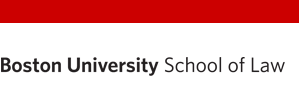Medicaid, the Supreme Court, and Safe Care for Nursing Home Residents
Document Type
Article
Publication Date
12-2022
Publisher
JAMA Network
Language
en-US
Abstract
Medicaid provides public insurance coverage to more than 82 million low-income people, including children and people who are pregnant, have disabilities, and are elderly, to ensure that they can access essential medical care. Many are surprised to learn that Medicaid is the primary payor for long-term care in the US, covering more than 6 in 10 people receiving institutional long-term services and supports and making nursing home care the second largest category of spending in Medicaid (after hospitals).
Medicaid makes statutory promises to states and beneficiaries. States have an entitlement to federal matching funds so long as they provide promised care to beneficiaries under the Medicaid Act, and beneficiaries have a legal right to enroll and receive specified benefits if they meet eligibility requirements. Yet, states sometimes prevent these promised benefits from being covered, even when doing so is mandatory under the Medicaid Act. The ongoing partnership between the US Department of Health and Human Services and states makes it so Medicaid is a source of collaboration, but also conflict, between the federal government and states.
Recommended Citation
Nicole Huberfeld,
Medicaid, the Supreme Court, and Safe Care for Nursing Home Residents
,
329
JAMA
17
(2022).
Available at:
https://scholarship.law.bu.edu/faculty_scholarship/3733


